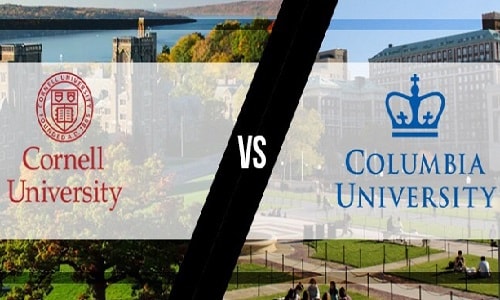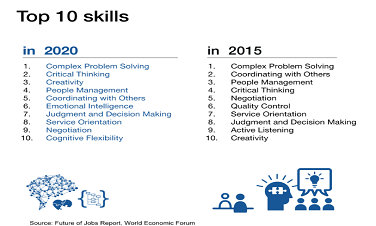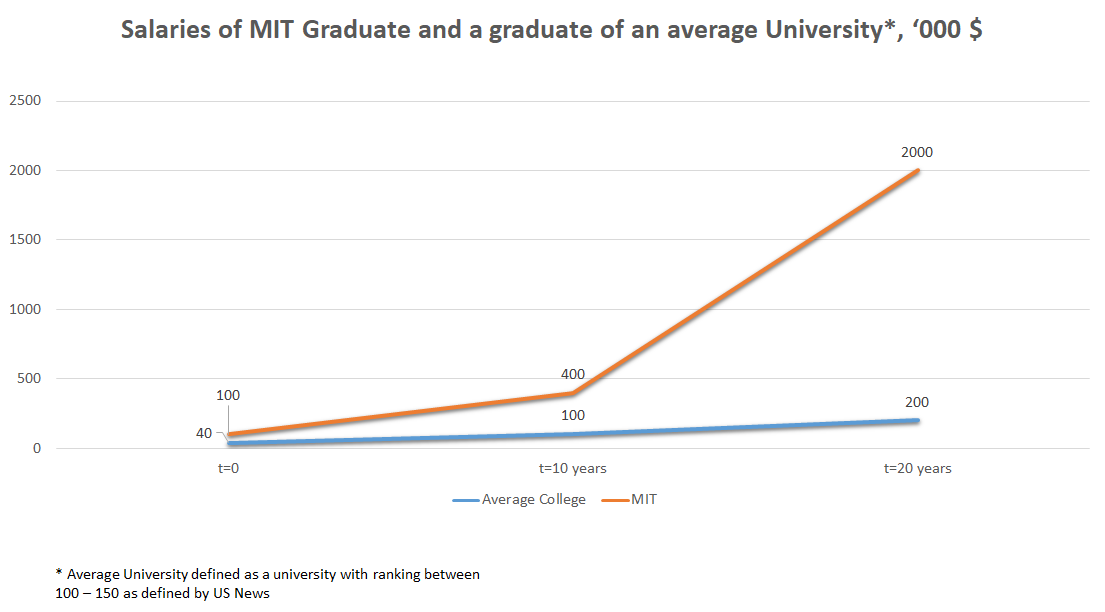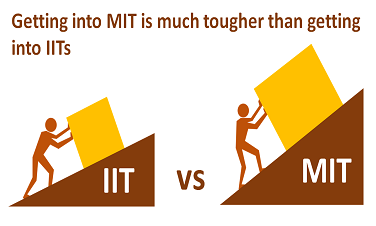The Best Women's College in US - Liberal Arts Education
- Written by UnivAdmitHelp
- Category: Admission Application
- Published on 17 Jul 2021
Let's understand some facts about the US Universities and their acceptance rates.
Did you know that at one time, Ivy League schools were reserved for men. In fact, for much of American history, US universities catered almost entirely to the male population, and for a long time, only the elite.
In 1837, nearly a century before women gained the right to vote, Mount Holyoke was established as a place where women could develop their intellect, hone the power of their voices, and cultivate courage. In 1915, four colleges: Vassar, Smith, Wellesley and Mount Holyoke, got together to discuss fund-raising strategies. Over the next decade, Bryn Mawr, Barnard, and Radcliffe also joined the league. By 1927, This group came to be known as the Seven Sisters. The name Seven Sisters has its origin in Greek mythology with reference to the Pleiades, the seven daughters of Atlas transformed into stars.
The best women's colleges in US is an alliance of highly selective East Coast women’s colleges in the Northeastern United States, and are often termed as the female equivalent of the Ivy League.
- Bryn Mawr
- Barnard College
- Mount Holyoke
- Radcliffe (merged with Harvard in 1999)
- Smith
- Vassar (co-ed since 1969)
- Wellesley College
For many candidates, the idea of going to an all-women's college is unthinkable and may even seem archaic in the 21st century. Yet, today a women’s college could be a great choice for students interested in leadership and gender advocacy. Choosing a place where you are surrounded by peers, role models, and mentors who see you and value you could transform your progress as a leader.
Women's colleges emphasize leadership, and design coursework around that concept. However, one of the most valuable features of all the women's colleges, particularly right now, is that they all promote the importance of women taking leadership roles and succeeding in the world. Women of strength and conviction give rise to a better world, and this thought has led to the strong foundations of these colleges as we know them.
This Alliance is not exactly all-women either.
At these colleges, there is a sense of commitment to gender equity and gender advocacy. To begin with, all were established to create equal opportunities for women’s education. As Lynn Pasquerella, President, Mount Holyoke, said in her recent statement, the school remains committed to its mission as a women's college, but "what it means to be a woman is not static." Accordingly, all the women colleges now admit transgenders, and some colleges still have slightly varied admissions policies. Mount Holyoke has the most liberal policy, Smith welcomes non-binary students and the admission policy at Barnard is more conservative. They welcome applicants who "consistently live and identify as women, regardless of the gender assigned to them at birth." Vassar accepts students of all gender identities; it has been co-ed since 1969. Lastly, Radcliffe merged with Harvard in 1999 and no longer admits undergraduate students.
By keeping the definitions of gender dynamic, one can see how gender advocacy, equitable rights, and strong women.
The acceptance rates
Every year a large number of students apply to US colleges and universities. Only a certain percentage make it through. This percentage is referred to as the Acceptance Rate. The lower the acceptance rate, the more selective the college, and the harder it is to gain admission.
Here's a list of the top five liberal arts colleges in the country and their acceptance rates.
School Name: Admission Rate
Pomona: 7%
Amherst: 11%
Haverford: 16%
Swarthmore: 9%
Williams: 13%
Ivy League Acceptance Rates too fall in a similarly sobering range. Put together, this year there were nearly 400,000 applicants to the Ivy League, and only ~21,000 acceptances (includes domestic and international both) - this gives us an average acceptance rate of 5.3%. 53 out of 1000 applicants. (For the Class of 2025)
|
|
Enrollment |
Applicants |
Acceptance Rate |
|
Brown |
2,537 |
46,568 |
5.4% |
|
Columbia |
2,218 |
60,551 |
3.7% |
|
Cornel |
5,836 |
~68,000 |
~8.6% |
|
Dartmouth |
1,749 |
28,357 |
6.2% |
|
Harvard |
1,968 |
57,435 |
3.4% |
|
Penn |
3,202 |
56,333 |
5.7% |
|
Princeton |
1,498 |
37,601 |
4.0% |
|
Yale |
2,169 |
46,905 |
4.6% |
|
Total |
21,177 |
~401,750 |
~5.3% |
Looking back at the admission rates of the women colleges, the percentages vary from 10% to 38%. It might seem strange, but if you look again, there’s a small difference: the pool of applicants is significantly smaller than for the Ivy League because these are women’s colleges. This could be the reason why the percentages seem markedly higher and is in no way a measure of the college’s selectivity.
|
Year |
Name |
Acc. Rate |
Intl Applicants |
Enrollment |
Co-Ed |
|
1889 |
Barnard, NY |
10.8 % |
2,682 |
No |
|
|
1880 |
Bryn Mawr, PA |
33.2 % |
1,384 |
No |
|
|
1836 |
Mt. Holyoke, MA |
38.0 % |
18%* |
2,300 |
No |
|
1894 |
Radcliffe, MA |
n/a |
n/a |
n/a |
n/a |
|
1871 |
Smith, MA |
32.5 % |
12%* |
2,894 |
No |
|
1861 |
Vassar, NY |
23.8 % |
10%* |
2,441 |
Yes |
|
1870 |
Wellesley, MA |
21.6 % |
2,519 |
No |
On the face of it, it might even be easier to gain admission to these colleges, and gain an additional advantage because they all have a strong Ivy League affiliation.
Curriculum and Partnerships
Women college education promises to give you:
- Small class sizes
- Great student-faculty ratios
- A strong focus on academics
The seven schools have partnered with nearby institutions that allow students to take classes there as well to expand on their academic horizons. They provide co-ed classes and a different learning experience. Five out of the seven colleges have a strong exchange program with other nearby co-ed institutions. Most of these colleges allow you to cross-register with one or more co-educational colleges and universities. Four of the seven colleges still remain as independent, private women's colleges. Radcliffe College dissolved in 1999 after slowly integrating with Harvard since 1963, with both institutes issuing joint diplomas. Barnard College is still a separate legal entity, but has a strong relationship with Columbia. Yale offered to merge with Vassar, but it declined and instead opted to become a coeducational college in 1969. However, it has remained independent. The other colleges also remain private women's colleges even though they have considered coeducation.
|
College |
Ivy League Affiliates and Partnerships |
|
Barnard, NY City |
Columbia University |
|
Bryn Mawr |
University of Pennsylvania Haverford College Swarthmore College |
|
Mt. Holyoke |
Dartmouth |
|
Radcliffe |
Harvard |
|
Smith |
Mt. Holyoke Hampshire Amherst College U. MA |
|
Vassar |
Yale |
|
Wellesley |
MIT |
Barnard is almost a part of Columbia University as it is located just across Broadway from Columbia's main campus, and is one of four undergraduate schools within the Columbia University system. This accessibility allows students to take classes outside of their school. There’s a lot of crossover between these two schools as clubs and resources are shared. One can take any class at Columbia (except for the Columbia core classes) and any Columbia students can take a class at Barnard.
Excerpts from Barnard.edu:
“I’m a humanities major who loves space, and within my first few weeks at Barnard, I joined a Columbia aerospace engineering club. I get to spend time each week actively working with space, and I don’t think that would be true if it weren’t for Barnard and Columbia.
Statistics and Bhangra: Akshaya Nataraj ’17 fully leveraged the best-of-both-worlds resources of Barnard and Columbia. While studying statistics in the Columbia Department of Statistics, Akshaya taught herself coding languages so that she could better assist leading researchers in answering important medical questions. At the same time, she led Columbia’s Bhangra dance team to competitions around the U.S., making lifelong friends along the way.”
The other colleges, with their affiliations and strong partnerships, allow an equally open-ended experience for their students. If you are thinking of applying for any of these colleges, you can rest assured that it comes with an opening for experiences at the Ivy League colleges as well.
Best Women's Colleges in UK
In the UK, many women’s colleges have been incorporated into larger universities such as the University of Durham and Oxford University. However, St Hilda’s College only changed its status from a women-only college to one with equal numbers of men and women enrolled in 2008. Cambridge University is the only university that still has two women’s colleges, Murray Edwards College and Newnham College, which both allow men to be taught but only have women living in residence.
Why should you choose a women college?
This women college alliance has created a strong and secure world of education for women. With their age-old focus on multidisciplinary learning and Open Curriculums, they make learning an open-ended affair. A bilateral focus on gender equity and gender advocacy allows these colleges to create strong leaders ready to bring change into the world. Their close affiliations with Ivy League partners like Yale and Columbia provide even wider opportunities to their students.
A student from these colleges is a well rounded individual with a deep and wide spectrum of learning, and a possibility to learn more. They have a connected sense of understanding the world around them thanks to the nurturing system of education. The world needs more leaders like these students!
Did you know UnivAdmitHelp can help you to into the Best Women's Colleges of US & UK? Find out more about our Undergraduate Admission Counselling to see how we can help you gain admission to your dream US or UK university! Check out our results page to find out about our successful UAH students.
Further Reading:
Why do we need the Liberal Arts?
Recent Posts
-
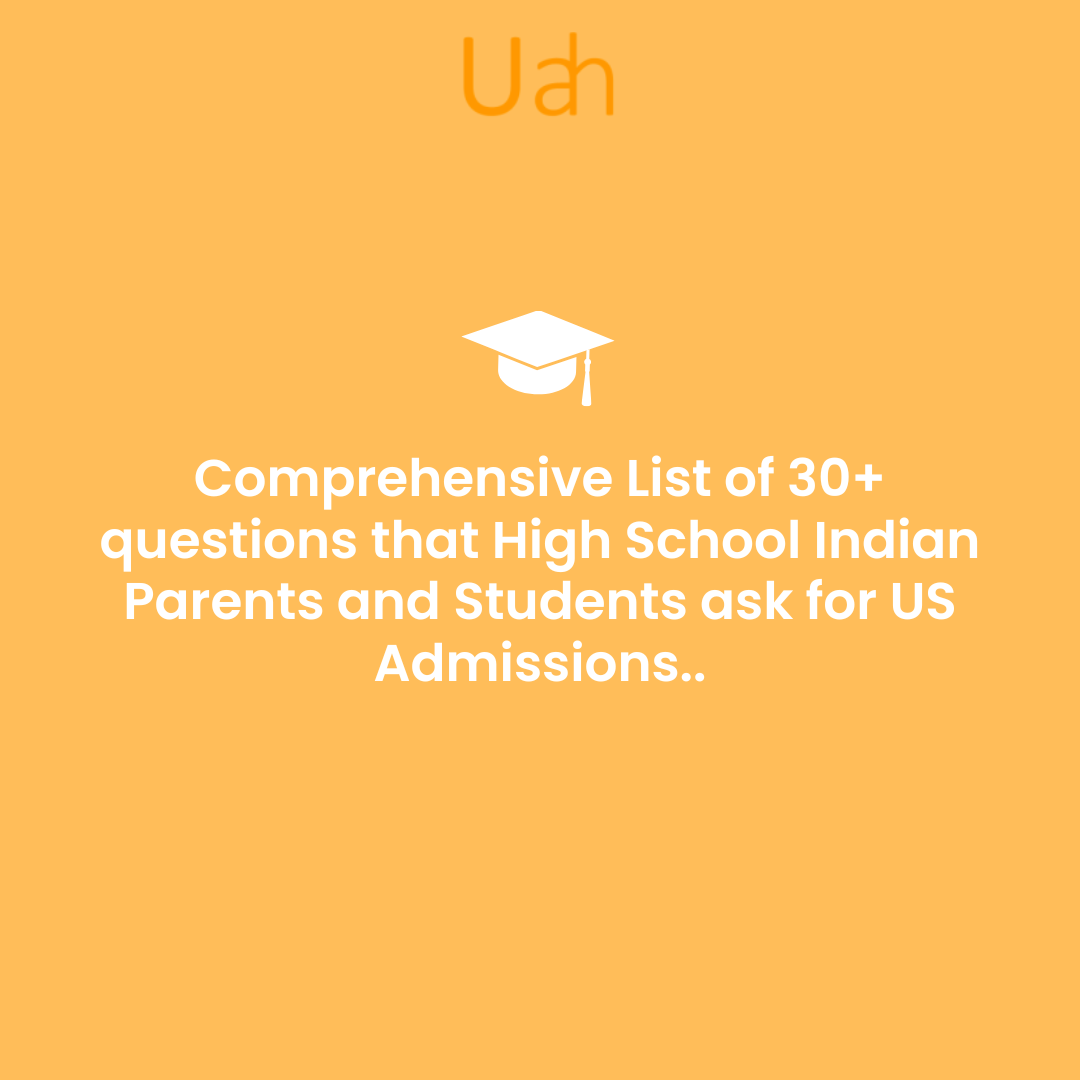
Comprehensive List of 30+ questions that High School Indian Parents and Students ask for US Admissions..
-
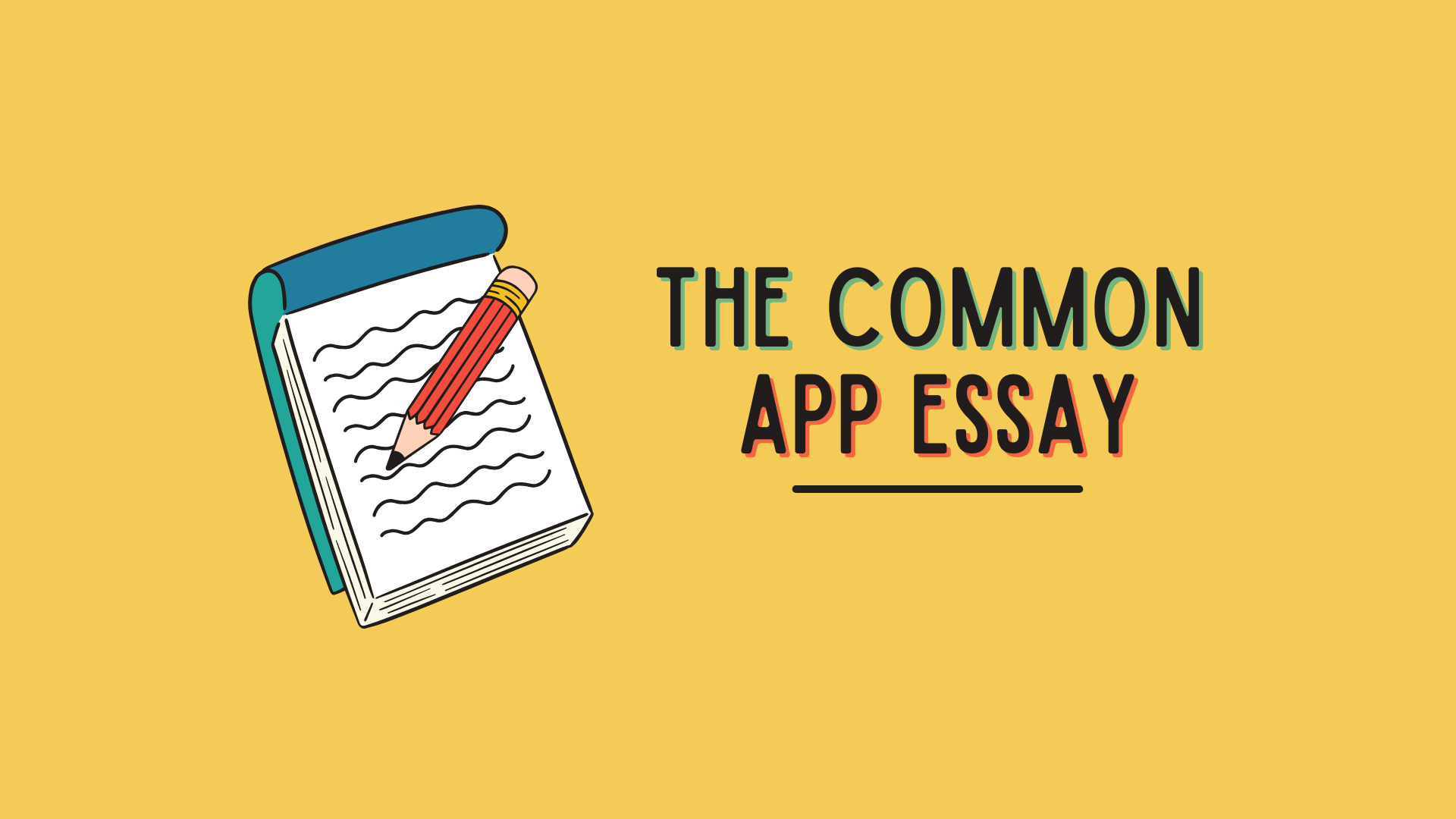
Common App Essay Tips 2025
-
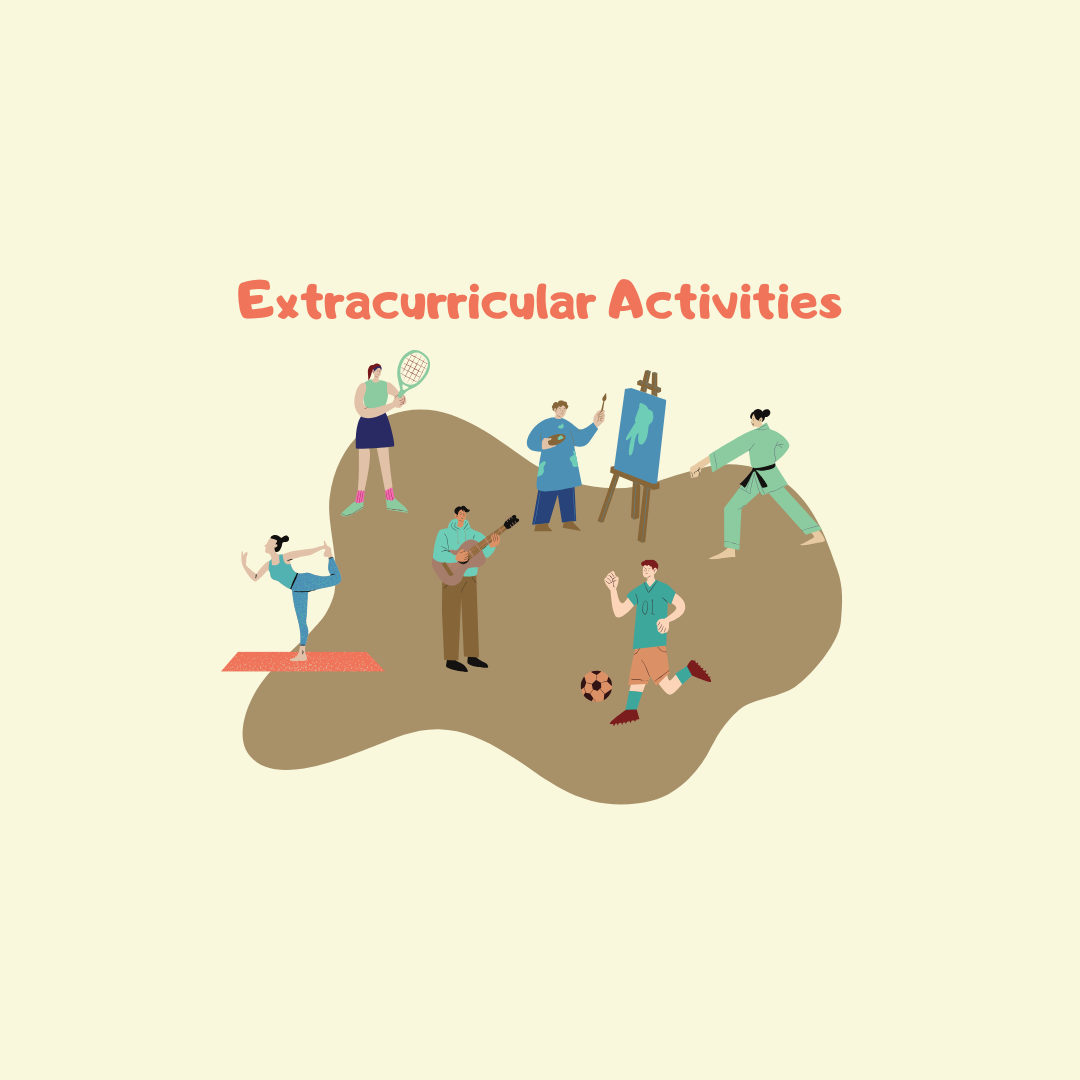
Best extra-curricular activities for college admission for Indian students
-
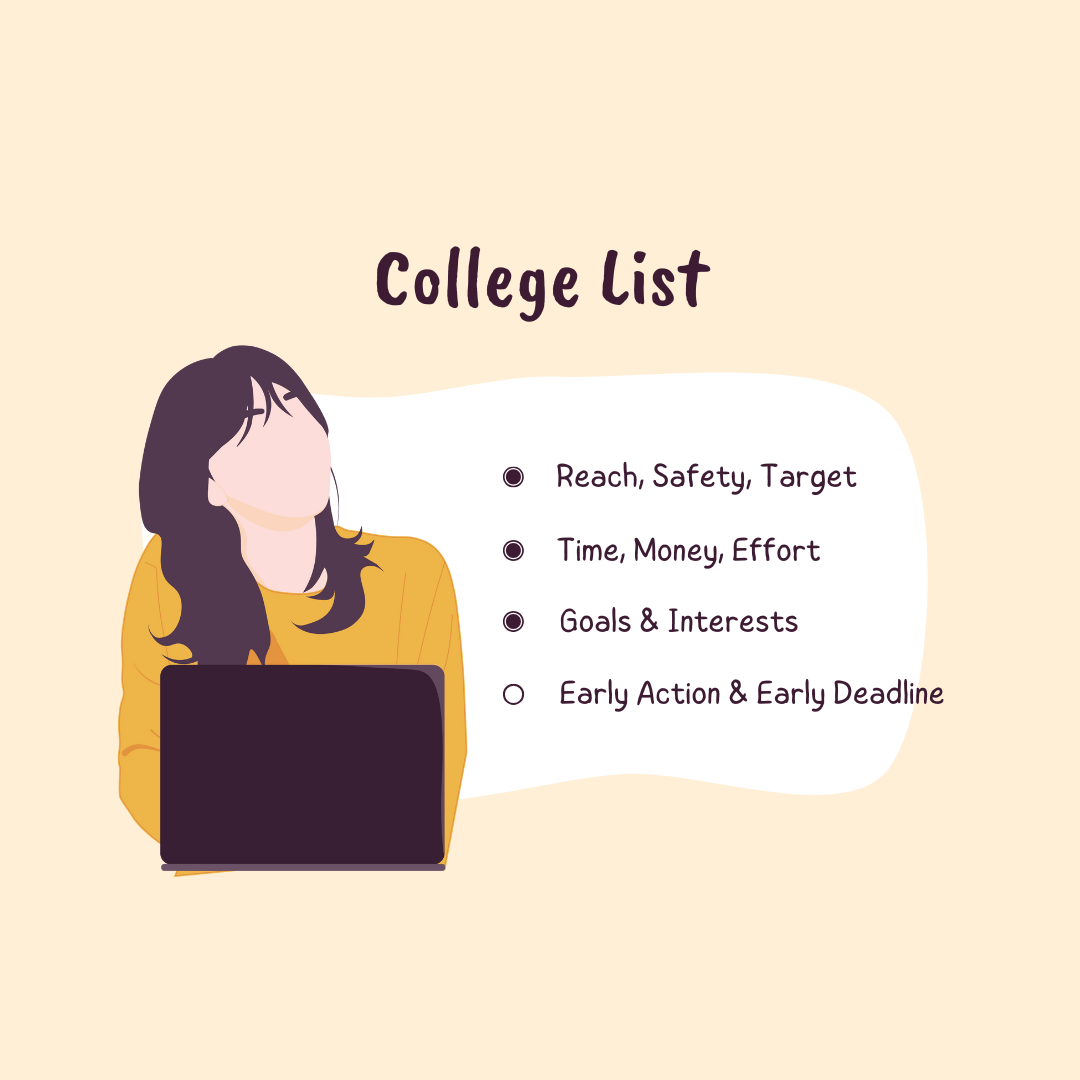
How Many Universities Should You Apply To? Expert Tips for U.S. and U.K. Admissions for Indian Students
-

Step-by-Step Guide to Creating an Exceptional Capstone Project for Indian Students
